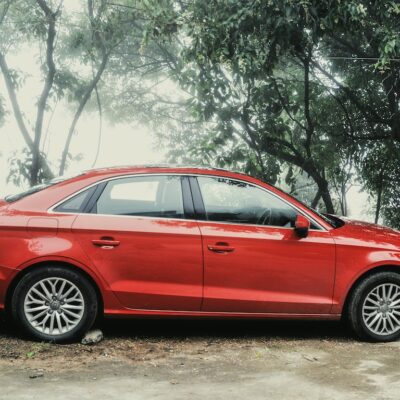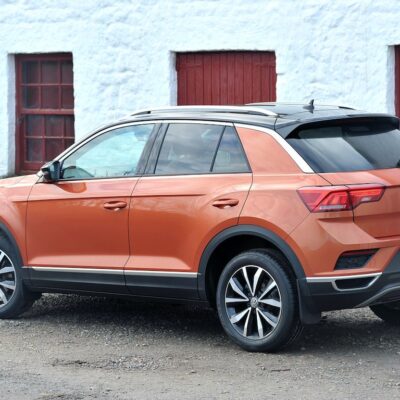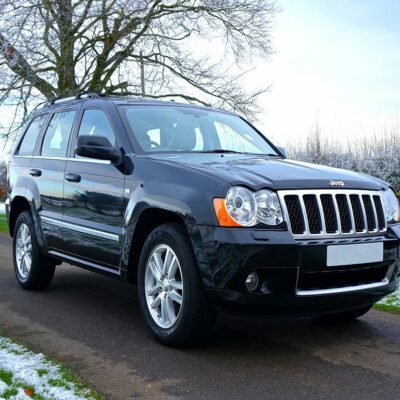Which Sedan Is Right For You?
Car manufacturers are notorious for launching new sedan designs every few years. But that’s actually good news for consumers, who can buy a new model with better features and technology when they need to upgrade. If you’re currently undecided about what new sedan to buy, here is a guide that will help you make an informed decision.
Things to Consider
If you’re looking for a vehicle primarily for the transportation of five passengers or fewer and don’t plan on subjecting it to rough terrain, you might be happier with a smaller, lighter sedan that doesn’t have the inherent compromises of owning an SUV. But no sedan can offer the ride height found in most SUVs, and many consumers are drawn to the emotional appeal of SUVs’ rugged good looks.
Sedans are often more efficient than similarly sized SUVs at transporting four or five people, while SUVs can offer higher seating positions and greater passenger volume. Lightweight sedans will handle better than SUVs and wagons, too, and their classic long, low body style makes them the most appealing cars in many makers’ lineups.
Sedan Types
Front-wheel-drive (FWD) sedans: These benefit from the fact that the engine and drive wheels are at the same end of the car. This improves efficiency and eliminates the need for differential or driveshafts, which significantly cuts costs. While FWD typically has a more muted steering feel, higher power cars may suffer from torque steer and grip issues.
All-wheel drive (AWD) sedans: These sedans handle better in slippery conditions than front-wheel drive (FWD) models. AWD models can apply power to the wheels that have the best traction. In AWD cars, torque steer is reduced because the engine’s power is spread across all four wheels. However, heavy running gear in an AWD system hurts fuel economy. Note: You don’t need AWD if you live in a snowy county. Proper winter tires are just as effective as AWD at providing sure footing on snowy or icy roads.
Rear-wheel drive (RWD) sedans: In this design, power from the engine is sent to the rear wheels rather than the front wheels, which usually means less efficiency and interior space, not to mention more weight and cost. However, many drivers find these characteristics worth it for the driving experience.





